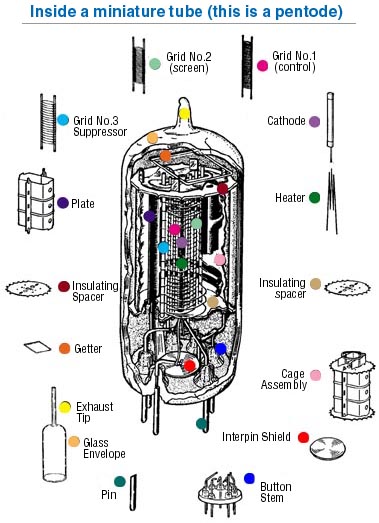I have wanted a Nashville tuned guitar for some time, and saw an opportunity when I found a Jazzmaster / Jaguar style body and neck going cheap on a well know auction site. Time to put a guitar together! I'm calling this the Trashmaster (or Trashcaster?) as it is assembled from reused bits and pieces.
 |
| Hello Kitty? My pink guitar! |
The guitar parts arrived last week, and although the body and scratch plate looked in good shape, the neck was from a different instrument and played like a cricket bat! The body is a sort of vintage pink - not sure if I like it or not. Well, for £56 all in, one can't complain too much.
I had a spare neck kicking around from last year's
Telemaster project, which played much better but didn't quite fit in the body socket either. Judicial application of a plane, fret file and some abrasive paper quickly solved that problem!
 |
| Things almost fit together, but not quite! |
The scratch plate has two cut-outs for pickups and three switches, and covers most of the guitar's routing. A metal plate from a Jazz bass covers the rest, and again this
almost fits, and a hacksaw and file made some unwanted corners disappear.
The pickup holes are also slightly bigger than standard Strat or Tele single coils, and so custom pickups were made. This was pretty simple - using flatwork boards from
StewMac, I cut out boards for the top and bottom of the bobbin, and drilled to make room for the magnets. This board is pretty useful stuff - it feels like cardboard but works like plastic. It drills easily and can even be turned on the lathe!
 |
| Custom pickups made in the Xaudia workshop |
The board was the glued to Alnico 5 magnets, and then the bobbin wound with 42AWG wire, and finished with string before potting in the wax bath. I put 9350 turns on the first pickup, but suffered a wire break about half way through making the second. Problems can often be turned into opportunities, and so in this case I ended up with a tapped 5000+5000 turn pickup for the neck. I have also been scatter-winding, so this should be interesting!
 |
| Wiring the guitar with scratch built pickups |
The switches on the scratch plate can thus be used for phase and coil tap duties. Try to be neat with the wiring!
 |
| Fender-looking Trashcaster, and Telemaster |
So, time to put the guitar for a bit together for a moment and see how it looks. Not too bad,
but I'm not so sure I need a pink guitar in my life! More here....





























